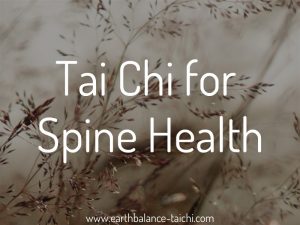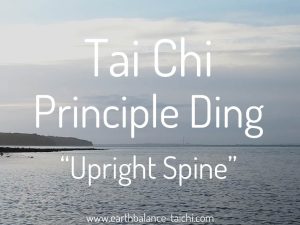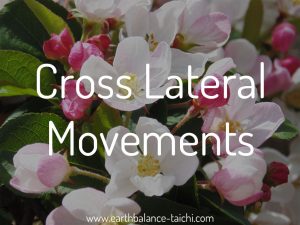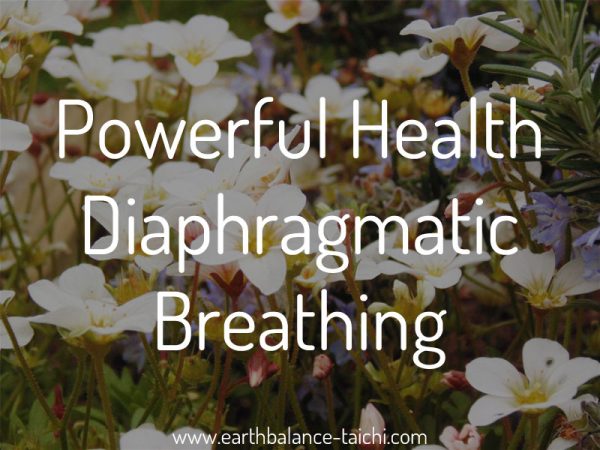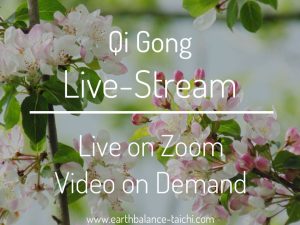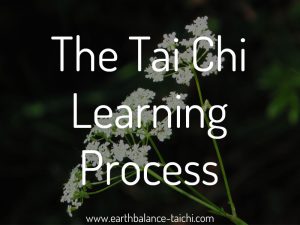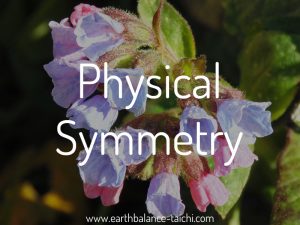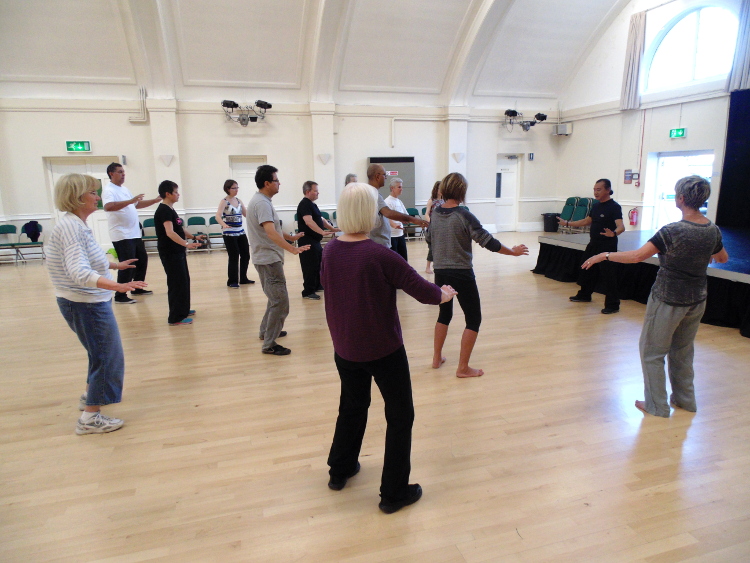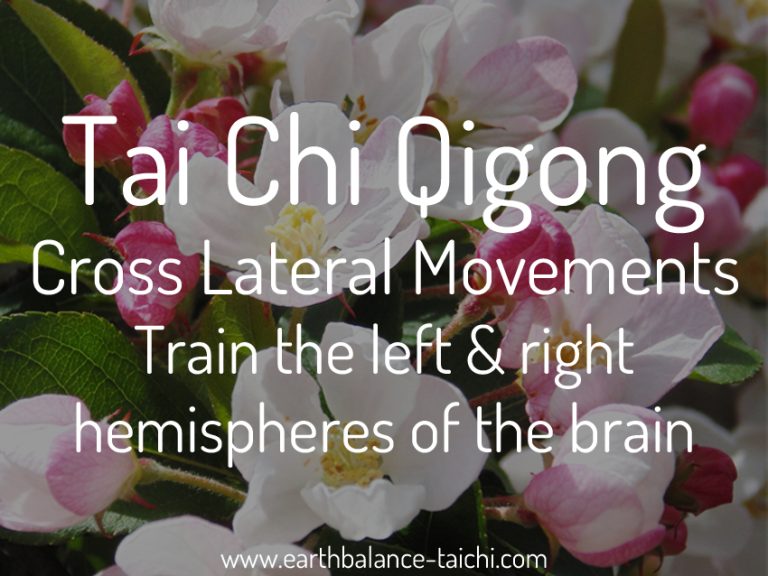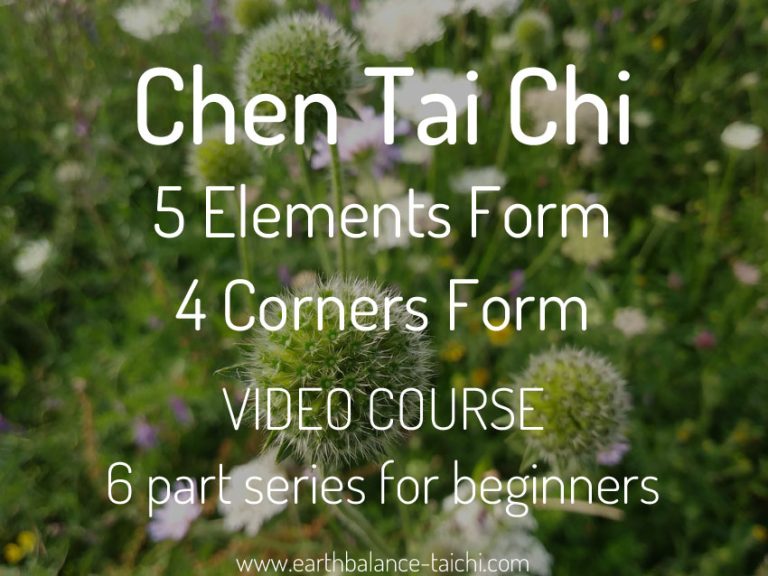Psoas Muscle in Tai Chi

Psoas Muscle in Tai Chi
The psoas (pronounced so-az) muscle isn't well known and yet plays a huge role in our bodies. It is the deepest muscle in the body and unlike most other muscles it lays buried. This muscle is vital for appropriate alignment/structure, full muscular range of motion and correct joint rotation.
Location
- A muscle that is 16 inches long
- The only muscle that connects the lower spine to the legs
- Connection from: twelfth thoracic to the fifth lumbar
- Connection to: lesser trochanter of the femur
- Made up of psoas minor and psoas major
- Both hip flexors are together known as the iliopsoas
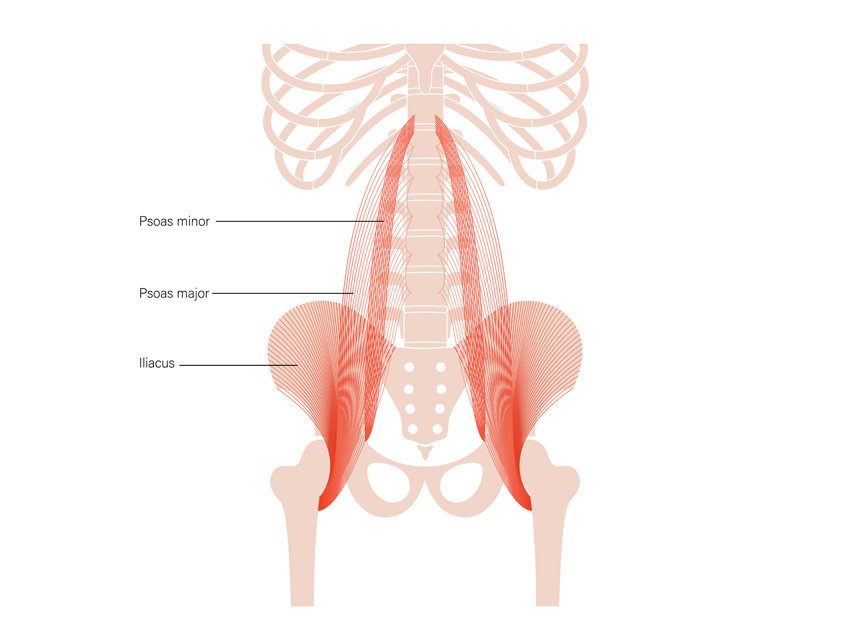
Internal Body
- The psoas connects to the diaphragm by connective tissue/fascia which directly relates to our breathing ability and capacity as well as the automatic fight or flight response.
- All of the internal organs connect with the psoas or diaphragm muscle
- Above diaphragm: heart, lungs
- Below diaphragm: stomach, liver, gallbladder, spleen, colon
- Outer edge of psoas: kidneys
- Inner edge of psoas: abdominal aorta (blood flow to the pelvis and legs)
- Parallel of psoas: ureters (tubes that propel urine from the kidneys to the bladder)
- In front of psoas: bladder, reproductive organs
Function
- Connects the upper body to the lower body
- Hip stabiliser, creating appropriate function/movement of the hip-joint
- Helps create a neutral pelvis alignment
- Hydraulic pump that helps nutrients be drawn in and pushed out of the cells (lymph and blood systems)
- The posture muscle supports the lower spine and abdomen muscles
- Supports the organs in the pelvic and abdominal cavity
- Hip flexor, bending the chest towards the thigh
- Lifting the leg upwards to the upper body
- Hip squatting
- The legs moving towards the foetal position
Psoas and Movement
- A relaxed psoas muscle is short.
- Movement lengthens the psoas muscle.
- No movement means it shortens and does not lengthen, the less movement you do the more the psoas tightens and restricts mobility.
- A healthy psoas must be flexible with the ability to shorten and lengthen with ease.
Tai Chi and Qi Gong Practice
Tai Chi and Qigong practice helps condition, strengthen and release the deep internal psoas muscle. All movements in Tai Chi and Qi Gong involve the psoas muscle, as it connects the upper body and the lower body through the pelvis and lumbar spine. Consider the hip (Kua) squat, leg lifts and kicks, these are all expressions of the psoas muscle. As the main connecting muscle, the healthiness of the psoas is fundamental to movement. By developing increased body awareness and by developing your posture through Tai Chi and Qigong movements, this can help develop sensitivity of the psoas muscle, which is key to improving both physical and emotional health.
The psoas plays an active part in the whole body connection quality of Tai Chi and Qigong. When aligning the physical body in Tai Chi, one aspect is to reduce the excess curve in the lumbar spine known as anterior tilt (when the hip crests push forwards), or the opposite excess rounding called posterior tilt (when the hip crests push backwards). A well aligned spine in Tai Chi is a neutral spine, with the lower back relaxed and the tailbone lengthened down, which "fills" the lower back around the lumbar 4/5 area. This is sometimes called bringing Dantian (navel) towards Mingmen (opposite navel on the spine) which are two meridian points in TCM. This change in posture alters the position of the pelvis, rounding the position of the pelvis under to become more like a pelvis bowl that contains the organs in a more supportive alignment. To move into this neutral spine posture, the psoas muscle works with the glutes, hamstrings, lower back and abdominal muscles along with the connective tissue, ligament, tendons and fascia. These work together to straighten and brace the spine which allows the psoas muscle to contract and release flexibly and effectively.
In Tai Chi Chuan as a martial art, the spine must be well aligned to be able to absorb, redirect and generate strength or power. Without the psoas working well, the spine cannot stabilise. Any incoming strength will get stuck in the lower back or pelvis, causing pain or injury. The psoas is fundamental to martial power.
In Tai Chi and Qigong we use deliberate intention to soften and release unnecessary muscular tension e.g around the hip joint, groin and glutes. We can learn to relax hyper contraction of the psoas muscle which further helps stabilise and improve alignment in the spine and pelvis bowl. The concept of 'dynamic relaxation' is to use the least amount of muscle contraction or release needed to perform a movement. Appropriate relaxation of the psoas muscle is fundamental to Tai Chi movements.
In Tai Chi and Qigong training, static posture training can improve your posture when standing still with a quiet focus. This is called standing practice or Zhan Zhuang. This helps you transition into Tai Chi and Qigong movements, and can help you strengthen and condition the psoas muscle before you try to apply the principles of alignment in more complex choreography.
Breath Work and the Psoas
A tight psoas may have an impact of how the diaphragm functions, which is the main muscle involved in taking a full breath. This is because the psoas muscle is connected by tendons to the diaphragm muscle on the spine. The fascia also connects the two muscles. A tight psoas may cause you to flare your ribs outwards, which excessively arches your spine. This compromises lung alignment and capacity, causing shallow chest breaths which reduce oxygen intake and prevent the body's systems from functioning well.
Learning to breathe correctly is part of whole body health. In Tai Chi and Qigong practice, by combining diaphragmatic breath work with a better aligned posture, helps keep the psoas flexible. Learning to breathe better also reduces the stress response, which reduces down the emotional response within the psoas muscle.
What Creates a Weak / Shortened Psoas
- Sitting, walking, running for long periods.
- Stress, tension, negative emotions help to create chronic contraction of the psoas muscle which is linked with the brains fight or flight survival response.
- A shortened psoas mimics the foetal position by moving the head and pelvis together.
- Sleeping in the foetal position.
Physical Effects of a Weak / Shortened Psoas Muscle
Chronic contraction of the psoas leads to many physical problems within the body through the shortening of the muscle;
- Lower back pain when either sitting or standing.
- Thoracic, hip, glute or abdominal pain.
- Difficulty with bowel movements e.g. constipation.
- Shallow chest breathing.
- Trunk becomes compressed/shortened which restricts the organs in the pelvic and abdominal cavity (restricting digestive and elimination function).
- Hips thrusted forwards rotating the pelvis and one or both legs.
- A compressed hip socket affecting rotation of the hip-joint, aiding hip degeneration.
- Lumbar spine compresses together affecting blood flow, nerves and circulation.
- Symptoms of sciatica.
- Restricts pelvic area affecting sexual function and urine/waste function.
- Restricts pelvic organs causing menstruation cramps.
- In general; lower back pain, disc problems, hip pain, knee pain, sciatica
Emotional Effects of a Tight Psoas Muscle
Chronic contraction of the psoas can lead to many emotional problems within the body;
- The psoas muscle connects directly to our fight or flight response.
- Both automatic responses cause movement in the psoas muscle; a) moving the body into the foetal position or b) engaging the leg and back muscles to move quickly.
- A tense psoas muscle sends a signal to the body that danger is imminent, which over-exerts the adrenal glands and weakens the immune response.
- If your psoas is chronically tense, this puts your body into a constant state of stress.
- A relaxed and appropriately working psoas muscle helps to maintain appropriate signals for the fight or flight response.
Psoas Muscle Resources
- Tom Myers author of Anatomy Trains and Liz Koch author of The Psoas Book discuss the Psoas
- The Opinionated Psoas Muscle
- The ‘Muscle of the Soul’ may be Triggering Your Fear and Anxiety
- The psoas in yoga practice
- The link between the psoas muscle and the fight or flight brain response
- Overview of the Psoas Muscle
- Anatomy Angel: Psoas Connections by Dr Dooley Noted
* Please note that the Taoist practices are not a replacement for conventional medical treatment. Please speak with your doctor prior to starting a new exercise programme. This article is for information purposes only and must not be taken as medical advice. *


